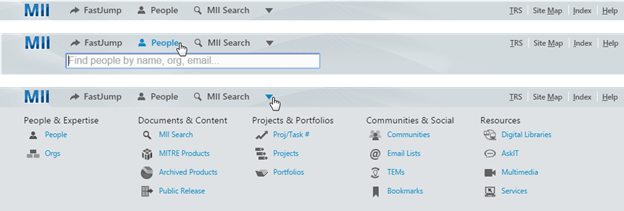


Growing MITRE’s Shared R&D Lab for Analytic Capabilities and Resources
Authors: Marilyn Kupetz and Angela O’HanlonMITRE’s Analysis Tool Shed Lab (ATS) program is one of MITRE’s largest R&D Labs, focusing on analysis capability and analytic activity. Lab users acquire hands-on experience with 100+ tools and datasets, MITRE prototypes,...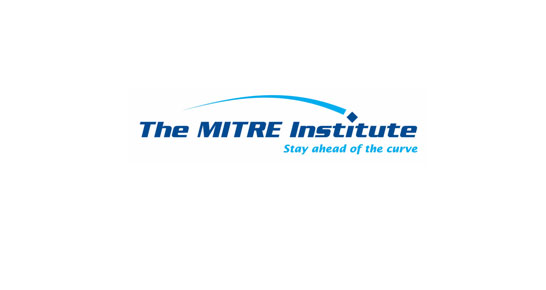
Do you MOOC? Could you? Would you gMOOC?
The phrase corporate training may sound like, well, school, but in the hands of Lara Van Nostrand, it is anything but. Her team sets up collaborative learning experiences that take advantage of online classes held elsewhere (e.g., Coursera), interactive survey...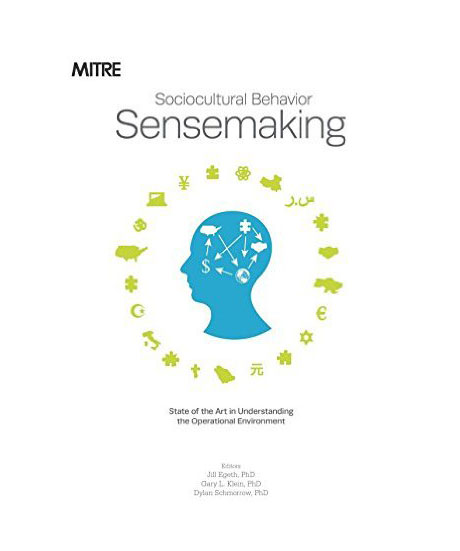
Recent MITRE publication, Sociocultural Behavior Sensemaking: State of the Art in Understanding the Operational Environment, Demonstrates Value of Collaborative Knowledge Management Practices
Recent MITRE publication, Sociocultural Behavior Sensemaking: State of the Art in Understanding the Operational Environment, Demonstrates Value of Collaborative Knowledge Management Practices Dr. David Foster, a social behavioral scientist at MITRE, faced a challenge...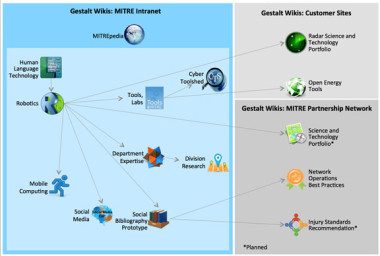
Gestalt Wikis at MITRE: Origins
Gestalt Wikis at MITRE: Origins
This blog post is the first of four in a series about Gestalt Wikis at MITRE. MITRE began using wikis on the corporate intranet in 2005 with the volunteer grassroots creation of MITREpedia. MITREpedia uses open source MediaWiki[1] as its underlying wiki software. The objective as stated in its Main Page was to capture information about MITRE “people, projects, organizations, customers, technology and more.”[2] In a recent conversation with its founder, Harry Sleeper, the motivation behind MITREpedia was elaborated as to provide a collaborative environment where staff could author linked narratives of well-formed, detailed knowledge about their work.
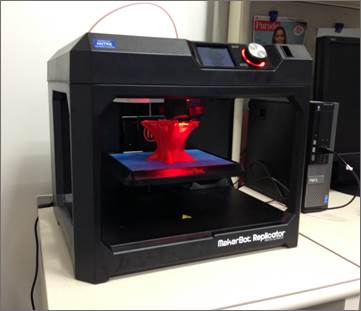
The InfoServices Evolution
MITRE’s InfoCenter does not have books, we have 3D printers. Puzzled? I will tell you our story.
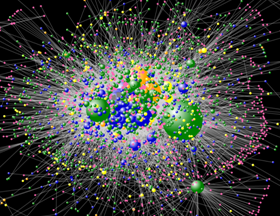
Enterprise Social, Five Years in
In 2009, “social” was still a buzzword, Facebook was years away from an IPO, and Instagram has not been invented. Yet a groundswell was beginning – people used to the ease of sharing in their online social networks came to their offices, only to find that exchanging information was difficult at best. Communications flowed from the top of the organizational hierarchy down, flooding the already overflowing email inboxes – while cross-organizational collaboration was severely impeded.
